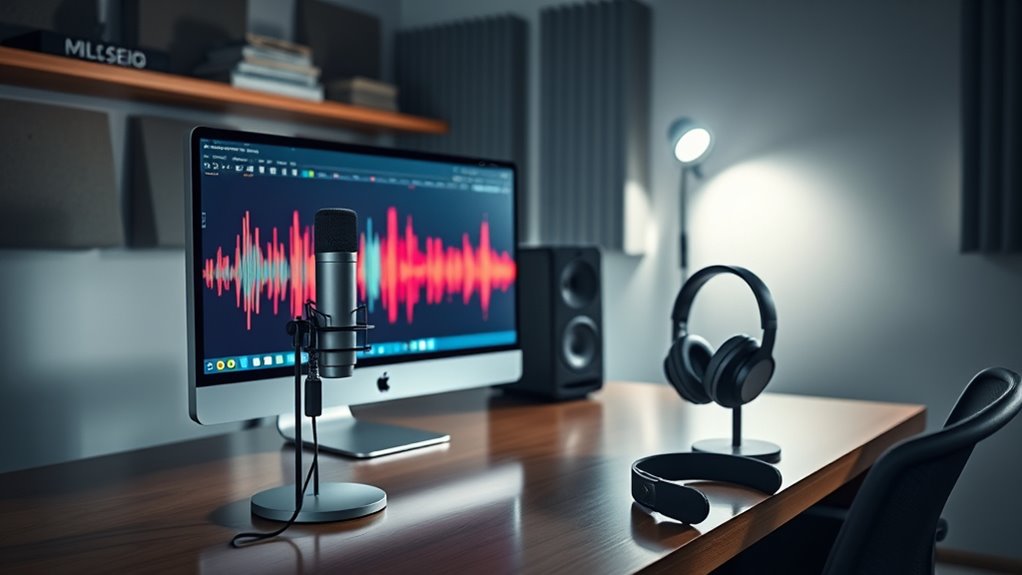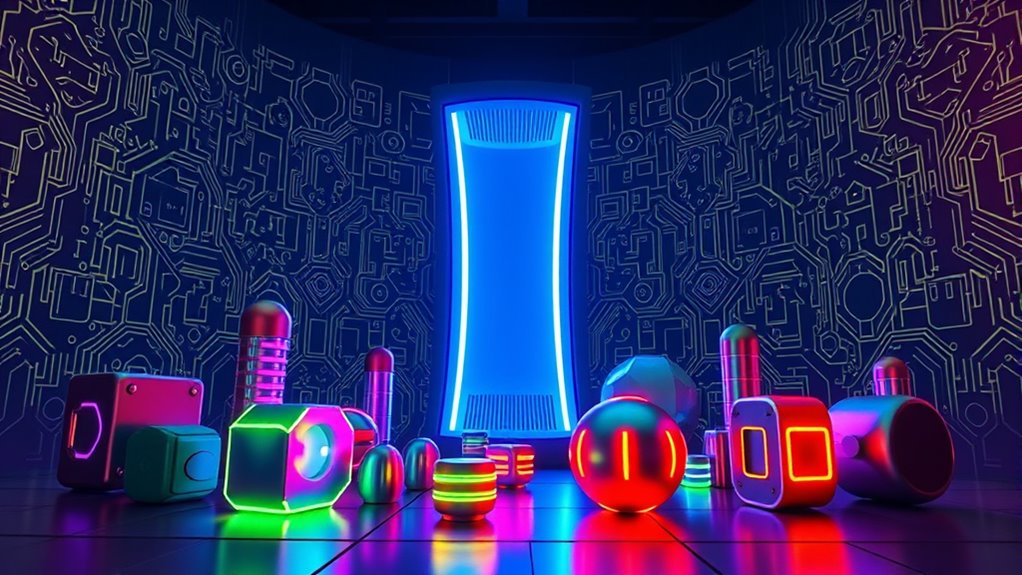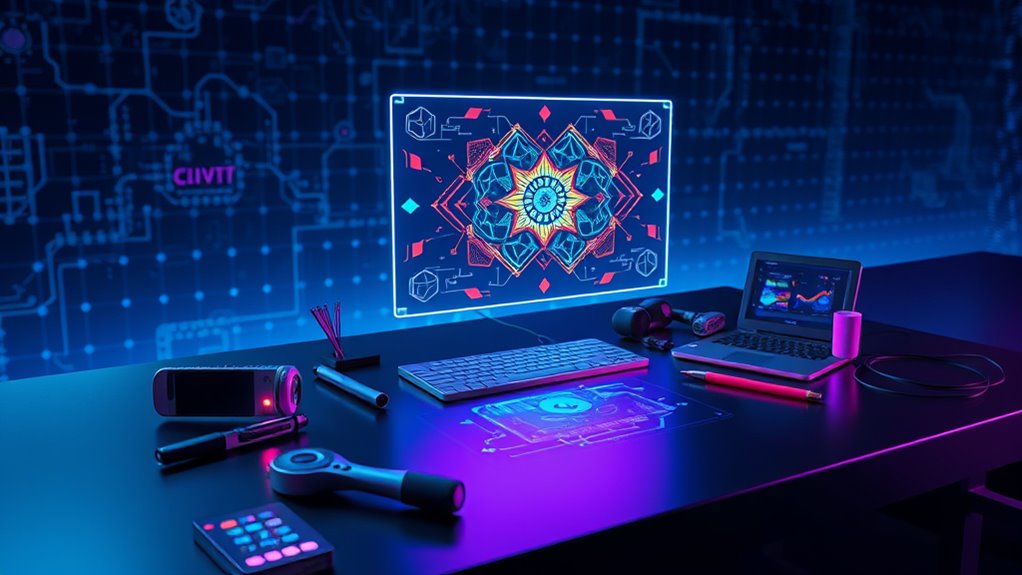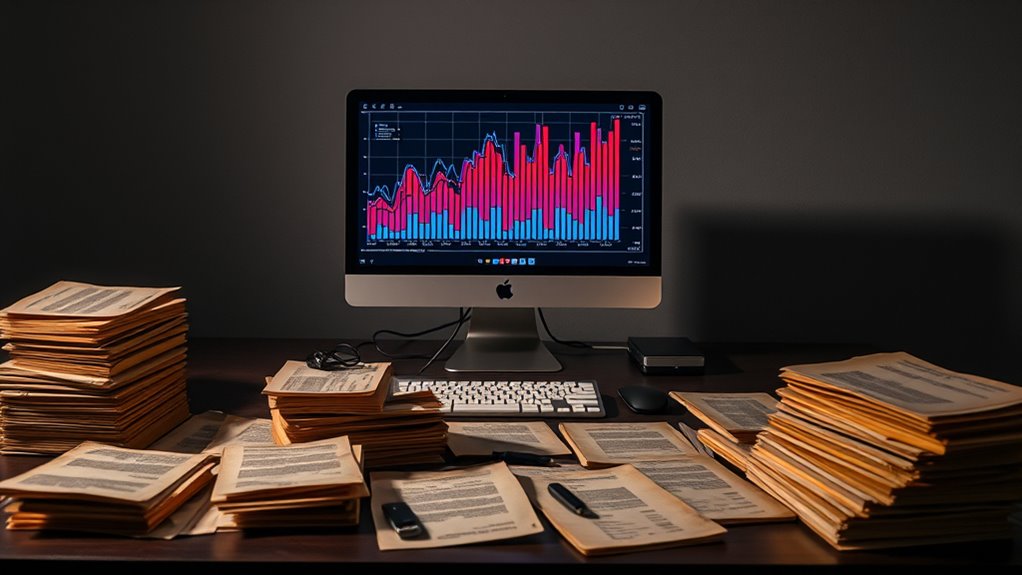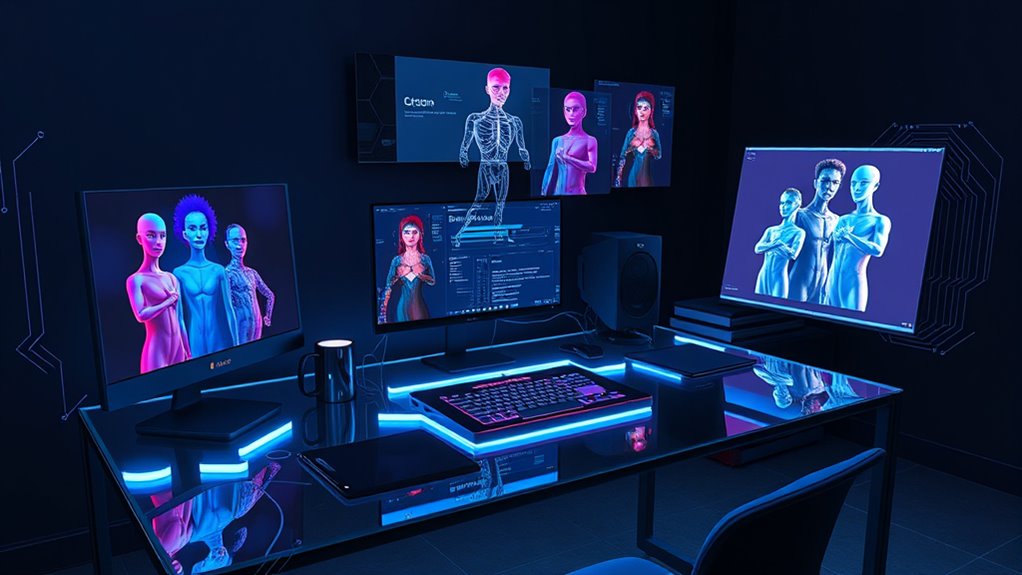Many people are diving into the exciting world of AI voice covers. This cool tech lets anyone make songs or voiceovers using artificial intelligence. It’s popping up everywhere, from music to personal projects. Platforms like RVC, Kits AI, and TopMediai are making it easy to create these covers. Other tools like Replay, Singify, and Murf AI also help users craft unique audio. It’s a growing trend that’s catching everyone’s attention.
Creating an AI voice cover starts with collecting clean audio data. Users need to upload or record clear sound clips without background noise. For the best results, audio files should be at least one minute long. If someone’s training a custom voice model, recording 10 to 20 minutes of high-quality sound works even better.
Creating AI voice covers begins with clean audio data. Upload clear clips, ideally over a minute, for optimal results.
Once the audio’s ready, it gets processed through AI software. Training a voice model usually takes one to three hours, depending on the platform. After training, users can pick from pre-made voice models or use their custom ones. They upload the audio they want to turn into a cover. The processing time varies based on the platform and audio quality. AI technology can even replicate the unique vocal timbres of famous artists, opening up possibilities for iconic collaborations (vocal timbre replication). TopMediai, for instance, offers regular updates with new voice models to enhance creative options (regular model updates).
Most platforms let users tweak things like pitch, tone, and speed to make the output sound more natural. When it’s done, the AI cover can be downloaded in formats like MP3 or WAV. Additionally, some tools employ advanced technologies to address copyright mitigation strategies and help users create content for non-commercial use without legal concerns.
AI voice covers have tons of uses. In the music industry, they’re popular for making new song versions. Content creators use them for fresh voiceovers or tracks. Individuals enjoy them for fun stuff like karaoke or singing challenges. Even businesses are jumping in, using AI covers for ads and branding. They’re also showing up in educational content for diverse voices.
However, there’re some hurdles. Poor audio quality can mess up the final cover, making it sound unnatural. Adjusting pitch and tone is key but tricky. Plus, there’re concerns about data privacy and copyright when using voices of real artists.
Despite these challenges, AI voice covers keep gaining fans. It’s a fascinating space that’s changing how we play with sound and creativity every day.
